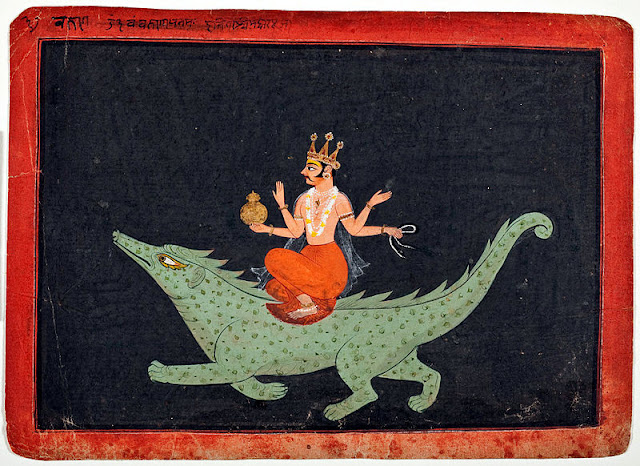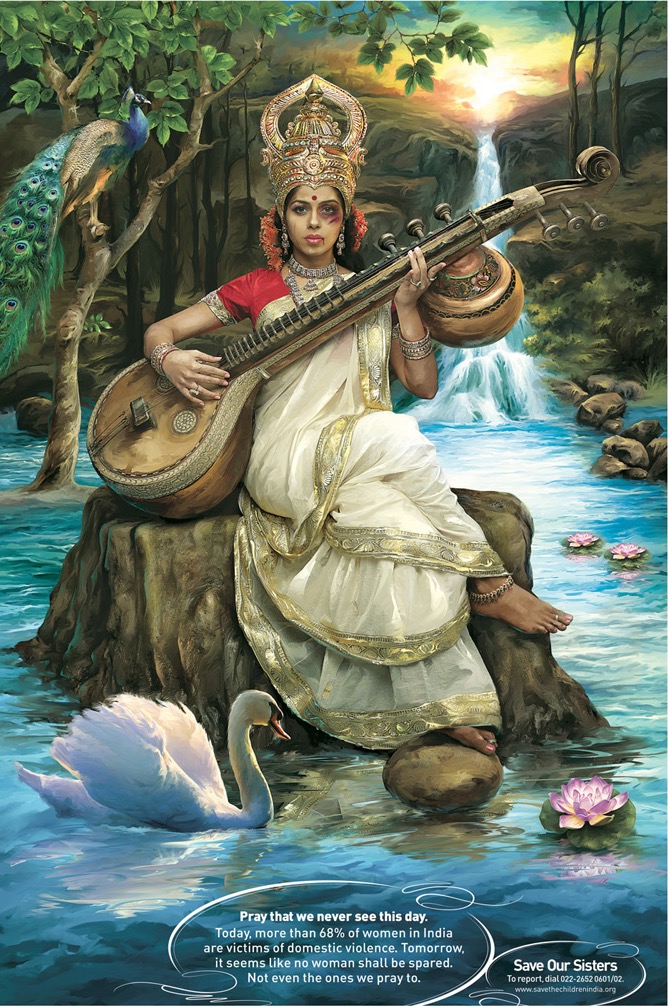The Honorable Judge Goodness

Pour you a drink, kid? Who, that? Why son, don't you know that picture there's the Honorable Judge Goodness? He rid this town from Black Bennett and his gang... This was back in, oh, '85 or '87 I suppose. Before the century turned, at any rate. Bennett had began rustling from a few of the north side pastures come early fall, and the ranchers were pissed. Horace Goodness, not a judge yet then, was working deputy part times. Sheriff Dugan was getting up there in years, and Horace was the one you came to if you had a problem. I'm sorry? No, he didn't kill them! He was the kindest son of a biscuit you ever met, and I don't think he so much as swatted a gnat in all his days. No, son, what he did was much smarter than that. See, the Bennett gang had grew considerable over the last few years, and bolder too. A firefight was out of the question. It was after they raided the Gunter's homestead; that was messy business and left the whole tow











